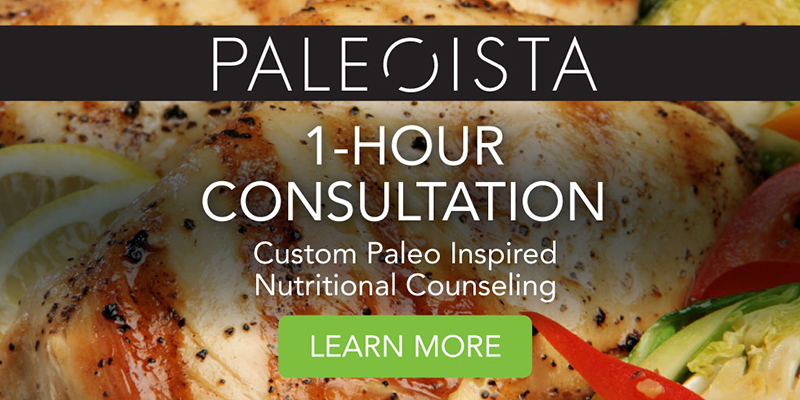No Whey is Whey Protein Good for You
Finishing your CrossFit workout means it’s time to chug down a container of a whey-based protein recovery shake, right? How about a good post-cardio meal to be consumed in the car en route to the office? Whey powder again, isn’t it?
If only it were that simple.
Whey protein powders are becoming more and more popular. Last year, Americans spent $487 million on protein supplements, a 21% increase from just one year earlier!1 While there are several different types of protein powders on the market, whey is by far the one people tend to rely on most often.
Why?
Whey is indeed a “complete” protein, meaning it contains all 9 essential amino acids (the ones your body can’t make on its own). Whey enters your blood stream faster than any other protein and boasts the highest level of the amino acid leucine, which provides your body with the necessary fuel to power through a workout and build muscle.2
So is there even any reason to consider some of the other top protein powders on the market such as soy, rice or pea? Perhaps, if you’re following a vegan regime.
But for those of us who prefer a Paleo diet approach, how about the options like beef, egg, cricket, or even fish-based protein powder? Don’t we need the extra protein supplement in order to build muscle, recover from training sessions, and prepare for the next workout? Not necessarily. While we certainly need protein, thinking that we need to consume it in a highly-processed form, and that one of the three main macronutrients would be classified as a supplement would be erroneous, to say the least.
Sure, there’s a time and a place to rely on protein powder. For example, if we’re on vacation and can’t be sure that we’ll be able to find farm fresh eggs to whip into a smoothie in our hotel room, an egg protein powder would make sense. Or if you’re hurrying to make a mid-afternoon snack at the office a few hours before your evening strength session, some beef powder will come in handy then, too. But to eat or drink powdered protein every day is simply not the healthiest route when you have the option to eat a variety of fresh, local, wild fish, grass fed meats, and pasture raised poultry.
So what’s wrong with whey even when we’re in that grey area? Several things.
First of all, whey protein could be detrimental long term, as hyperinsulinemia can lead to insulin resistance, which underlies the Metabolic Syndrome and has been implicated in various other diseases, such as acne, Alzheimer’s, various cancers, Coronary Heart Disease, Myopia, and PCOS.3
In addition, dairy products such as milk and cheese (which contain alpha-casein, beta-casein, casomorphin, butyrophilin, and whey protein) are cross-reactive with gluten. This means that even if you are following a strict gluten-free lifestyle but are still suffering from symptoms related to gluten, your body could be treating gluten-free foods as if you just ate a big bowl of whole-wheat pasta.4
Finally, consuming dairy can lead to osteoporosis, according to the Physician’s Committee for Responsible Medicine. Calcium in dairy products is not as well absorbed as that in many dark green leafy vegetables, but is absorbed more similarly to that of calcium supplements, calcium-enriched beverages, calcium-set tofu, sweet potatoes, and beans. One cup of cooked kale or turnip greens, 2⁄3 cup of tofu, or 1 2⁄3 cups of broccoli provide the same amount of usable calcium as 1 cup of cow’s milk (as would 1 cup of fortified orange juice, soymilk, or cereal).
Dairy products also contain nutrients that interfere with calcium balance. Dairy protein and sodium increase the urinary excretion of calcium.5 Even though that cup of milk might deliver a whopping dose of calcium now, you’ll be negative on the calcium spectrum by the end of the day. Over time, it becomes frighteningly clear that milk does not do a body good.
So, what’s the message we need to take away from all this?
If you’re in a pinch, a Paleo-friendly protein powder can come in handy, but something to be used far less than simply enjoying some fresh, grilled fish or a juicy grass-fed burger!
REFERENCES
[1] “Sales of Pediatric Supplements, Probiotics & Protein Rise, Euromonitor Says.” NutraIngredients-USA.com. N.p., n.d. Web. 08 June 2015.
[2] “The 6 Healthiest Protein Powders For Your Smoothie.” Prevention. N.p., n.d. Web. 08 June 2015.
[3] “Adverse Effects of Whey Protein | The Paleo Diet.” The Paleo Diet. N.p., 11 May 2010. Web. 09 June 2015.
[4] “Foods That Cross-React with Gluten.” Amy Myers MD. N.p., 04 Mar. 2013. Web. 09 June 2015.
[5] “New PCRM Study Shatters Milk Myth: Children’s Bone Health Tied to Exercise, Not Dairy.” PCRM.org. N.p., n.d. Web. 09 June 2015.






